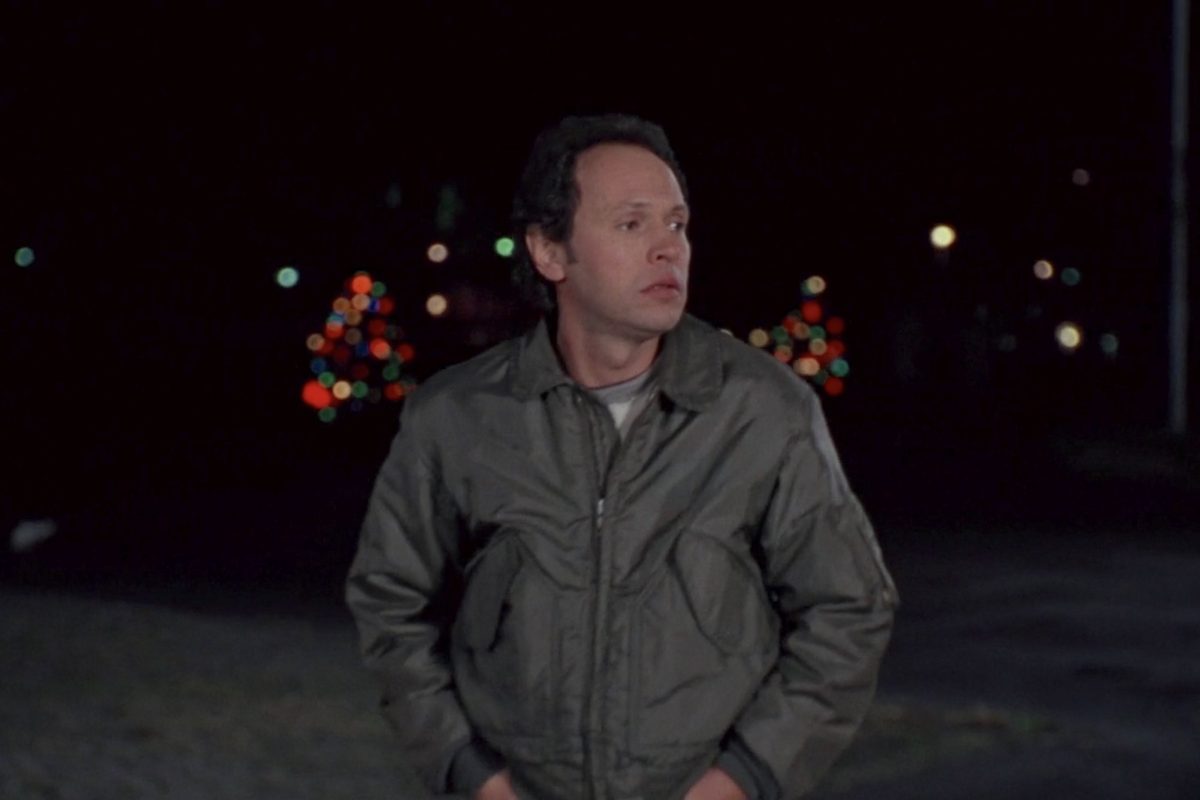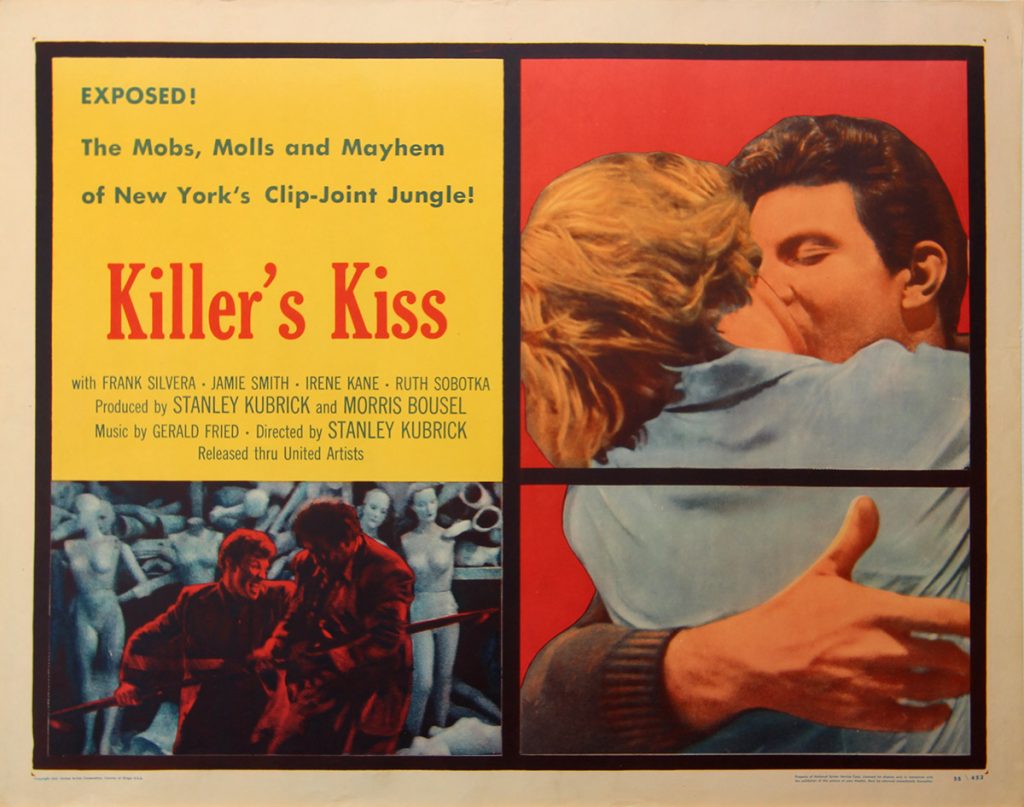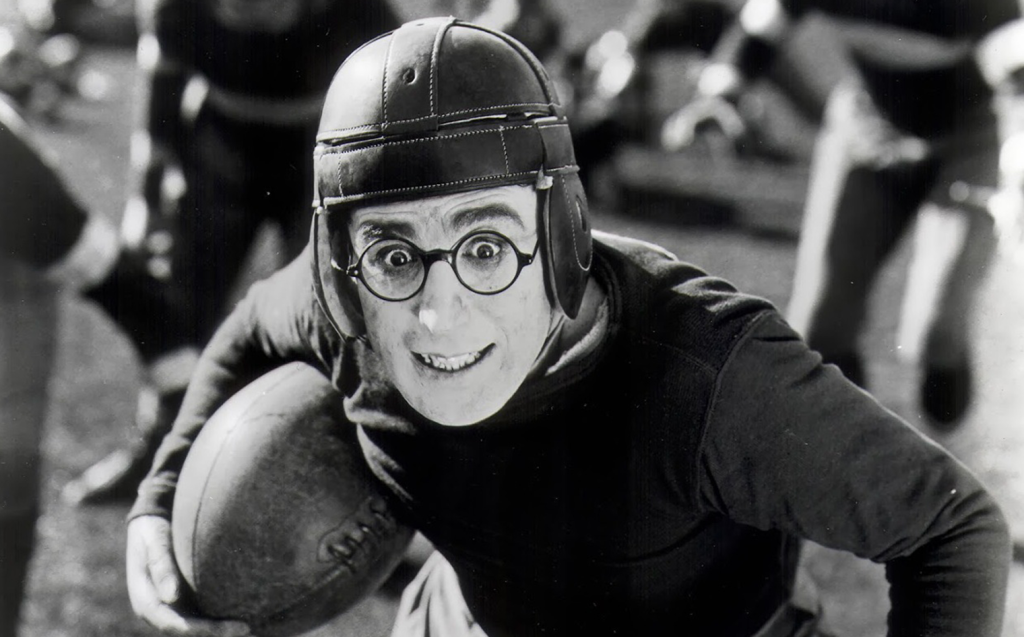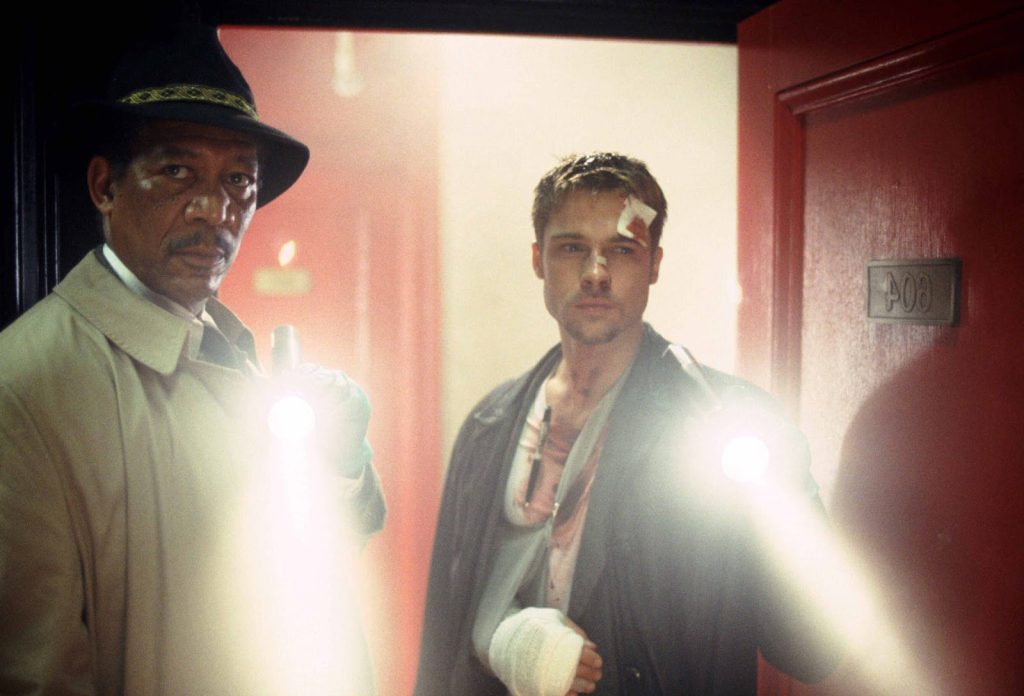New Year’s Eve—the ugly stepsister to Christmas’ sparkling protagonist—has been endlessly rendered on film, reduced to a few visual markers that strive to capture its prickly and regretful nature. No piece of filmic shorthand is more famous than the main characters running through the story’s setting, outpacing the oncoming midnight, desperate to start the next year in a new place (both literally and figuratively).
Running is a fairly simple storytelling device, and when the camera is held at eye-level, alongside the characters, it can propel the viewer into the next stage of the story with a visceral immediacy. At the very least, the final act run holds space for something optimistic, the future rendered real in a character’s gait. A whole arc can be hidden in the very existence of the run, point A to B mapped in the scope of a moment. In practically every implementation of this trope, but especially in Billy Wilder’s The Apartment and Rob Reiner’s When Harry Met Sally…, the end-point is the promise of romance, sealed with a conclusive kiss (or in The Apartment’s case, a knowing game of cards). It is a simpler way of envisioning the future, dividing it into contained parts, marked by different relational statuses: singleness to togetherness.
When Harry Met Sally… is a winding love story—epic in the chronology it covers. All of the story’s edges are collected on New Year’s Eve 1988. “It’s not because I’m lonely and it’s not because it’s New Years!” Harry (Billy Crystal) implores to a frustrated Sally (Meg Ryan) after declaring his love. The camera has earnestly followed him, living on the sturdy, comfortable ledge he had spent the runtime constructing, but as he ventures outside the world takes on a more definite shape. The colors are sharper and bluer, a far cry from the warm autumnal hues the film is known for. As Harry speeds up, cutting through the deserted streets of New York, Reiner trains the camera on his shifting expression, graduating from vague dissatisfaction to acceptance. Audience and characters are no longer teetering on the edge of something new; the world of potential has been constructed around us, a new life engulfing him before anyone realized.
Harry’s run is framed by the famous line he throws at Sally: “When you realize you want to spend the rest of your life with somebody, you want the rest of your life to start as soon as possible!” In many ways, this undented optimism informs all of film’s most iconic New Year’s Eve scenes. Imminent change is the engine hastening them forward, and movies are the perfectly imperfect shape to convey such ineffably human desires. The limited runtime captures life’s necessary restrictions. Movies cannot play on forever—like a year, like life, they end, and often prematurely. The run is reflective of the urgency that keeps us bound to life, amidst its constraints. When bodies break into a faster pace, charting a new index of shortcuts across familiar territory, it is an expression of longing made tangible and real through the actor’s proximity to the camera; purely cinematic.
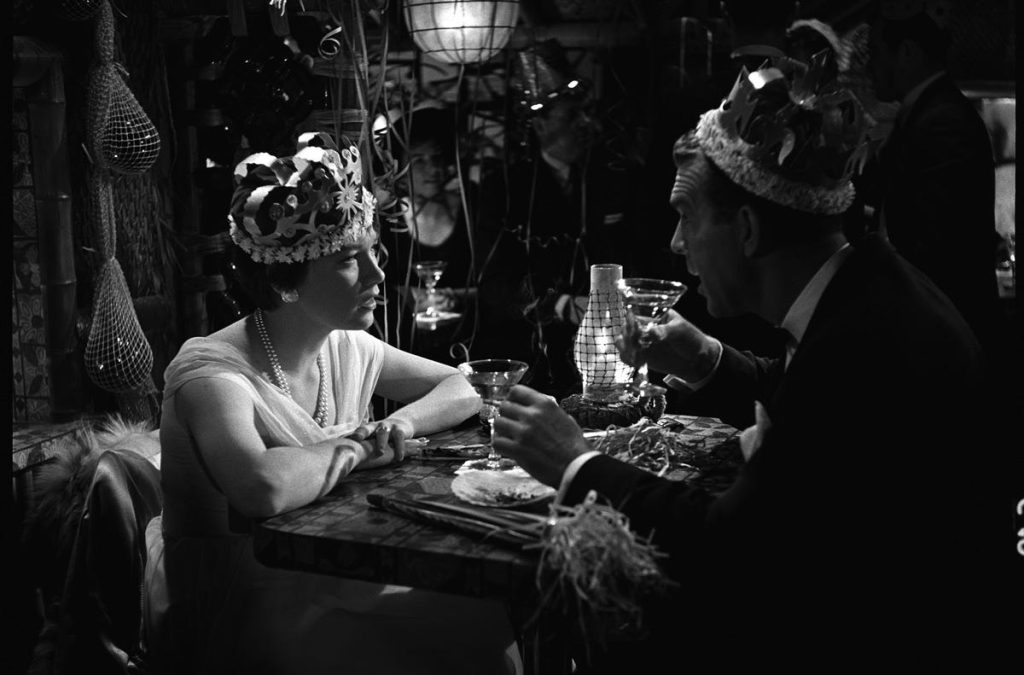
Fran’s (Shirley MacLaine) joyous sprint away from the New Year’s party in The Apartment encapsulates the simmering boredom that chases us into another chapter. The film is wholly consigned to the dead space around Christmas, embodied in Fran’s crestfallen demeanor. She limps towards the end of the year until her purposeless-ness threatens to stretch on indefinitely and she is reinvigorated by the pressure to chase after something real. It is that brief, interstitial shot of her racing towards Bud’s (Jack Lemmon) house that is seared into the viewer’s mind. Her profile is a picture of recognition, the warm flashes of the streetlamp catching her burgeoning understanding. Suddenly the world reformed into a more acceptable shape with a mere tilt of perspective.
This is the first time that Fran is seen enroute to the house, with Wilder otherwise consigning her to the strictly immovable four walls of her office or Bud’s apartment. There is a flatness in those places and MacLaine’s performance is infected by them. The close, internal sets lend her a raw physicality—they creep over her, keeping her frozen in depression. This run is the first time in the film that she is seen moving through space, rather than space constricting around her. Such a moment feels analogous to escaping the stagnancy of each year’s end.
There is something wondrously affecting about directors holding the shifts in human physicality up to the light, letting people’s bodies redefine the scope of the story. Fran and Harry, Jerry (Gene Kelly in An American in Paris) and Bridget (Renée Zellweger in Bridget Jones’ Diary), all typify this blossoming potential. In them, time, place and movement converge to make something definitive and new, guiding us on to the next thing.
